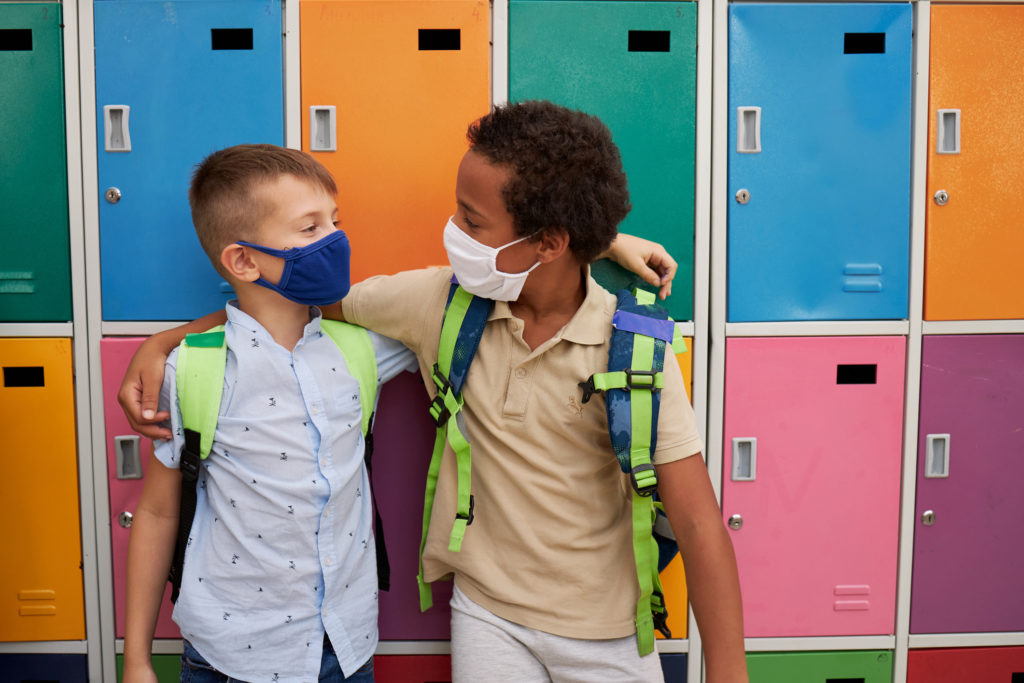
COVID is here to stay, but how we respond is still evolving. The five-day isolation period may become a thing of the past.
Last Tuesday, The Washington Post reported that the Centers for Disease Control and Prevention (CDC) would be easing its COVID isolation recommendations to better align with guidance on avoiding transmitting the flu and Respiratory Syncytial Virus, more commonly known as RSV.
According to the Post, the updated guidance would be announced in April for public feedback, though timing could shift until the new guidance is finalized. The changes would not apply in more vulnerable settings, such as hospitals or healthcare facilities, the Post reports.
To better understand these updated guidelines, we spoke to Dr. Raj Dasgupta, Associate Program Director of Internal Medicine Residency and Associate Professor of Clinical Medicine at Huntington Memorial Hospital, in Pasadena, California.
While the science around COVID-19 transmission hasn’t changed, Dasgupta says experts broadly agreed that easing isolation timeframes wouldn’t significantly increase community transmission or severe outcomes.
Read more: How COVID-19 Impacts Child Vaccination Rates
The main reason, he notes, is that the isolation period has not prevented the virus from circulating at high levels.
“The CDC is planning to change the rules for those who test positive for COVID-19—instead of being required to stay home for the [five-day] quarantine period, people can now end this period early if they haven’t had a fever for 24 hours and have symptoms that are mild and improving,” Dasgupta says.
As many people are expected to have built solid immunity against the virus from vaccines and previous infections, “it is my understanding that the CDC believes these guidelines are more practical to align better with how we approach issues such as sick leave after a respiratory viral infection,” he says.
With fevers, the CDC advises staying home until at least 24 hours after the fever has passed. A fever is defined by the CDC as a temperature of 100 degrees Fahrenheit or 37.8 degrees Celsius. The fever should be measured without the use of fever-reducers like ibuprofen or acetaminophen.
It is still very important to get vaccinated and get tested if you suspect you may have the virus, Dasgupta cautions. This, he says, is the most important thing people can do to boost their immunity.
Read more: 5 Tips for Supporting Your Baby’s Immune System
Other ways people can stay on top include being mindful of their diet, exercise and hydration. Sleep also plays a vital role in keeping the body’s defenses in tip-top shape.
Recently, a strain of COVID-19 known as JN.1 has become the most widely circulating variant of the virus in the United States as of February 2024. The CDC projects that JN.1 cases will continue to rise through the winter.
According to the CDC, there is no evidence that JN.1 causes more severe disease, but it’s rapid spread does indicate that it may be more transmissible or better at evading the immune system when compared with other circulating variants of the virus.
If you or your children have symptoms of COVID-19, such as fever, chills, cough or shortness of breath, the CDC recommendation, with the above changes in mind, is still to isolate, wash your hands often and take a COVID test.
Stay up to date on the current recommended precautions at cdc.gov.
Dr. Raj Dasgupta is an American Board of Internal Medicine (ABIM) quadruple board-certified physician specializing in internal medicine, pulmonology, critical care, and sleep medicine and also serves as the chief medical advisor at Sleep Advisor, where he acts as an expert resource providing the brand with industry expertise in the health and wellness space.







